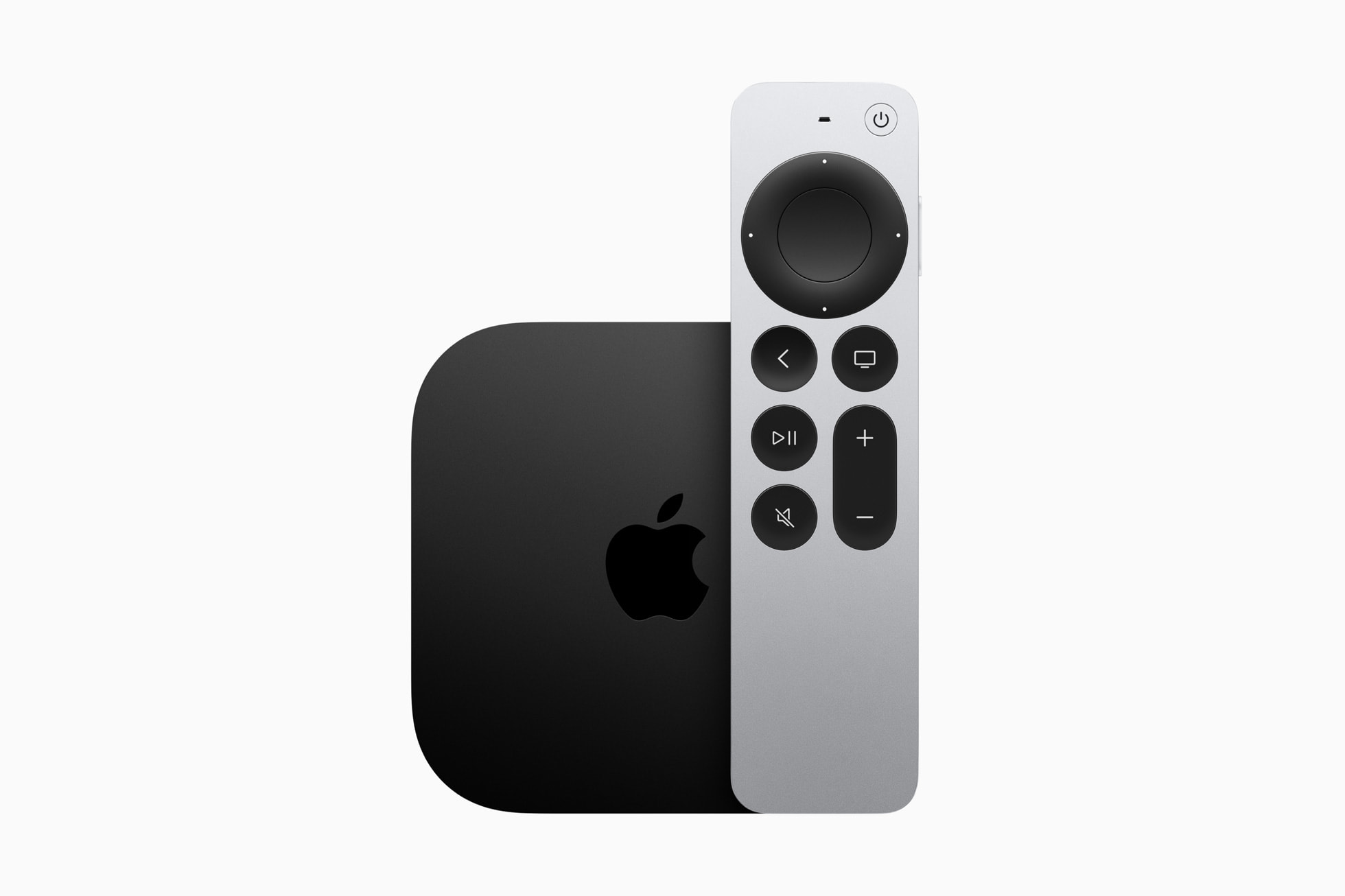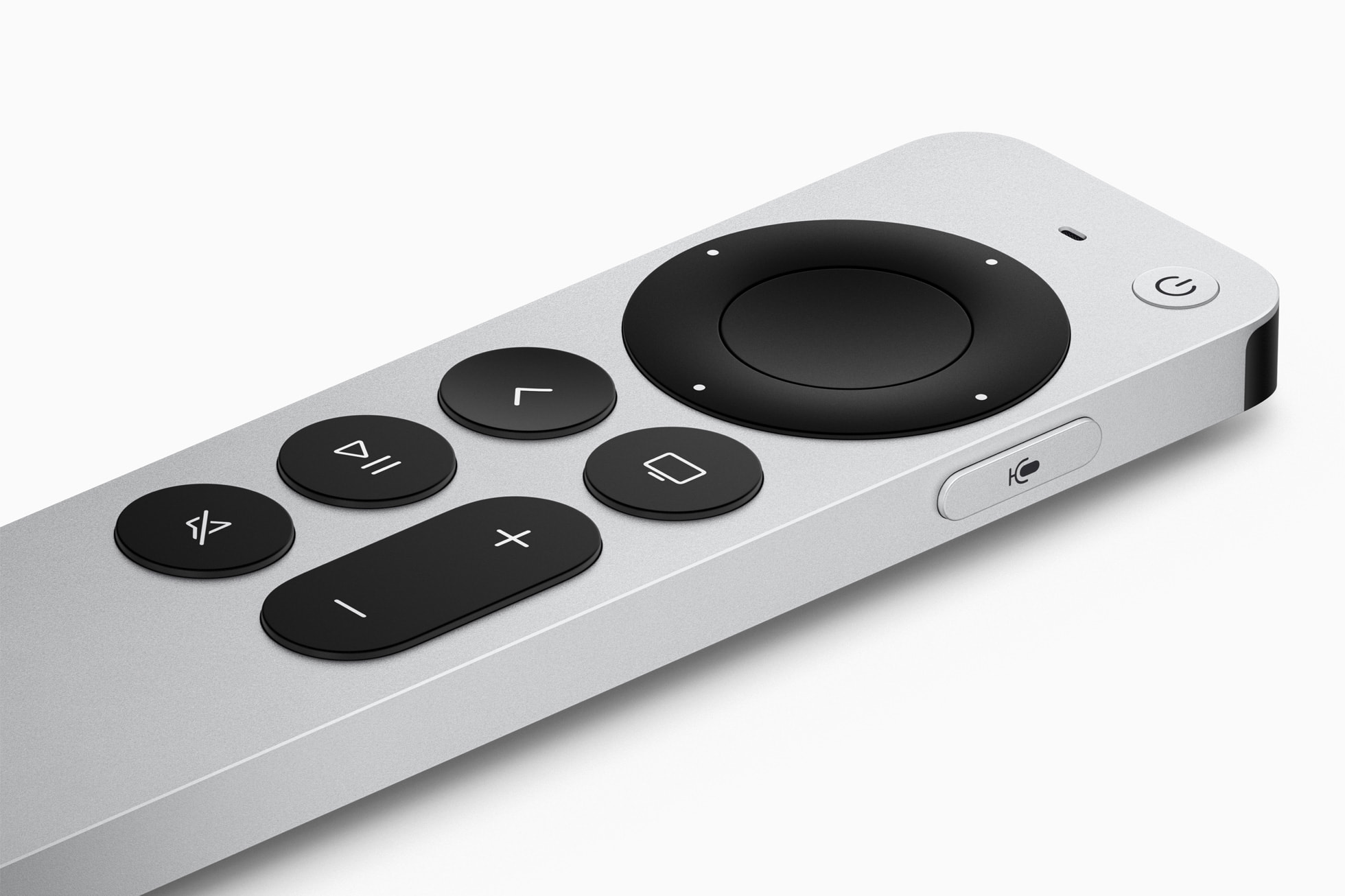Why I ditched my smart TV's standard operating system and started using Apple TV 4K instead
Spending over $100 to replicate smart TV functionality seems mad, but there are good reasons to do so


After nearly two years of LG OLED ownership, I'd had enough. Not of the picture quality, you understand, which still wows me every time I turn it on. No, I was specifically fed up with webOS – LG's smart TV operating system that you have to navigate to access everything.
I could cope with the sluggishness. That was very much part of the deal when I opted for the slower LG BX over the CX to save a few bucks two years ago. But I was increasingly suspicious that the built-in apps weren't all that great, either. In fast-paced scenes, Disney Plus appeared somewhat blurry. And while perfectly liveable, if you're paying top dollar for an OLED panel, you really don't want to settle for second best.
I could have just used my PS5. But it's a bit wasteful using something that powerful for streaming apps given its high energy footprint, and in any case, who wants to use a gamepad to browse Netflix? It was then that I saw the 2021 Apple TV 4K on offer, and having recently returned to iPhone after a ten-year hiatus, I figured I'd see what the fuss was about. Reader, it turns out, it's one of the best streaming devices, and I should have done this years ago.

Freelance contributor Alan has been writing about tech for over a decade, covering phones, drones and everything in between. Previously Deputy Editor of tech site Alphr, his words are found all over the web and in the occasional magazine too. He often writes for T3 and Tom's Guide. Here, he explains why he made the shift to Apple 4k TV.
The Apple TV 4K difference

After a bit of HDMI juggling, I was set up and ready to go. And, superficially, I was impressed from the get-go. No weirdly low-resolution icons as some streamers provide: menus in 4K, crisply responsive via the dedicated Apple TV remote.
And while navigating menus on LG's Web OS was like walking through treacle, Apple TV's menu transitions are instant. That's perhaps no surprise given it packs an A12 (2021) or A15 (2022) chip – the same processor found in the iPhone XS or iPhone 14 respectively. Overkill, yes: but extremely welcome overkill.
That performance boost continues into the apps themselves, which are uniformly snappy and quick to load. It fixed my issues with picture quality too, with programs looking smooth and beautiful (even without the 2022 mode’s HDR10+), making the very best of my OLED panel.
It’s not just streaming software either. There are plenty of non-TV-based apps and Apple TV tricks to try, including Steam Link which lets you stream games to your TV from your PC. And if you don’t have a gaming PC on hand, there are plenty of games to try on the App Store (with plenty included at no extra cost if you happen to subscribe to Apple Arcade).
The Livingetc newsletters are your inside source for what’s shaping interiors now - and what’s next. Discover trend forecasts, smart style ideas, and curated shopping inspiration that brings design to life. Subscribe today and stay ahead of the curve.
On the subject of software, Apple TV apps get updated very quickly, too. That’s probably because tvOS is based on the iOS framework, and given developers prioritize iPhone apps, it just makes sense to make minimal changes to keep their tvOS equivalents up to date at the same time.
Of course, unlike iOS, tvOS has no touchscreen functionality, and that’s where the brilliant Siri remote comes in. It’s a lovely, chunky thing in the hand, and one that subtly makes you feel nostalgic for the iPod era with its clickwheel style controls.
But the iPod never had Siri built in, and that’s the Apple TV 4K remote’s trump card. It goes beyond asking Siri to recommend programs, or tracking down shows with a specific actor. You can ask Siri the year a film you’re watching was made, who’s in it or — my personal favorite — “what did he say?” If you utter that phrase, the movie will jump back 20 seconds, and temporarily enable subtitles, so you can’t miss that plot-crucial utterance.
Siri also lets you dictate letters and numbers for long complicated passwords, but thankfully there’s a better way… if you’re an iPhone owner. If you are, a virtual keyboard will pop up on your smartphone, letting you easily type without messing around with the clickwheel - an evolution of streaming from your phone to the TV.
And on the subject of iPhone-exclusive features, auto-calibration feels pretty magical too. If your iPhone has Face ID, you can use the camera to test the colors of the TV and automatically calibrate them for accuracy. It’s a thing of great, simple beauty.
Finally, while it’s undoubtedly expensive, it’s worth reflecting on why — or rather, why other options are cheap by comparison. That’s partly the famous Apple Tax, no doubt, but Apple TV 4K also has no adverts, and the company is very clear on its thoughts about privacy.
In other words, you’re paying for the product in full, and your valuable data isn’t being used to subsidize the hardware sold at a loss. That’s reassuring if you’re suspicious of adverts following you around the web.

Final thoughts
Are there any drawbacks? Not that I've seen so far. Obviously, it's a luxury purchase, and 90% of the functionality could be mimicked by any cheap TV streamer. But there's a degree of polish here you just don't get elsewhere, and the lack of adverts is reassuring here as well. Remember the mantra: 'if you're not paying for the product, you are the product'. Essentially, low prices often require subsidy from data. Your data, to be precise.
I wouldn't recommend it to non-iPhone users, as some bits won't work, and there's also that nagging feeling that this is at least partly a scheme to get you more deeply embedded into the Apple ecosystem. But if you've got the money to spare, are an iPhone user and are fed up with your smart TV's OS... well, maybe it's time to treat yourself.

Freelance contributor Alan has been writing about tech for over a decade, covering phones, drones and everything in between. Previously Deputy Editor of tech site Alphr, his words are found all over the web and in the occasional magazine too. He often writes for T3 and Tom's Guide. When not weighing up the pros and cons of the latest smartwatch, you'll probably find him tackling his ever-growing games backlog. Or, more likely, playing Spelunky for the millionth time.